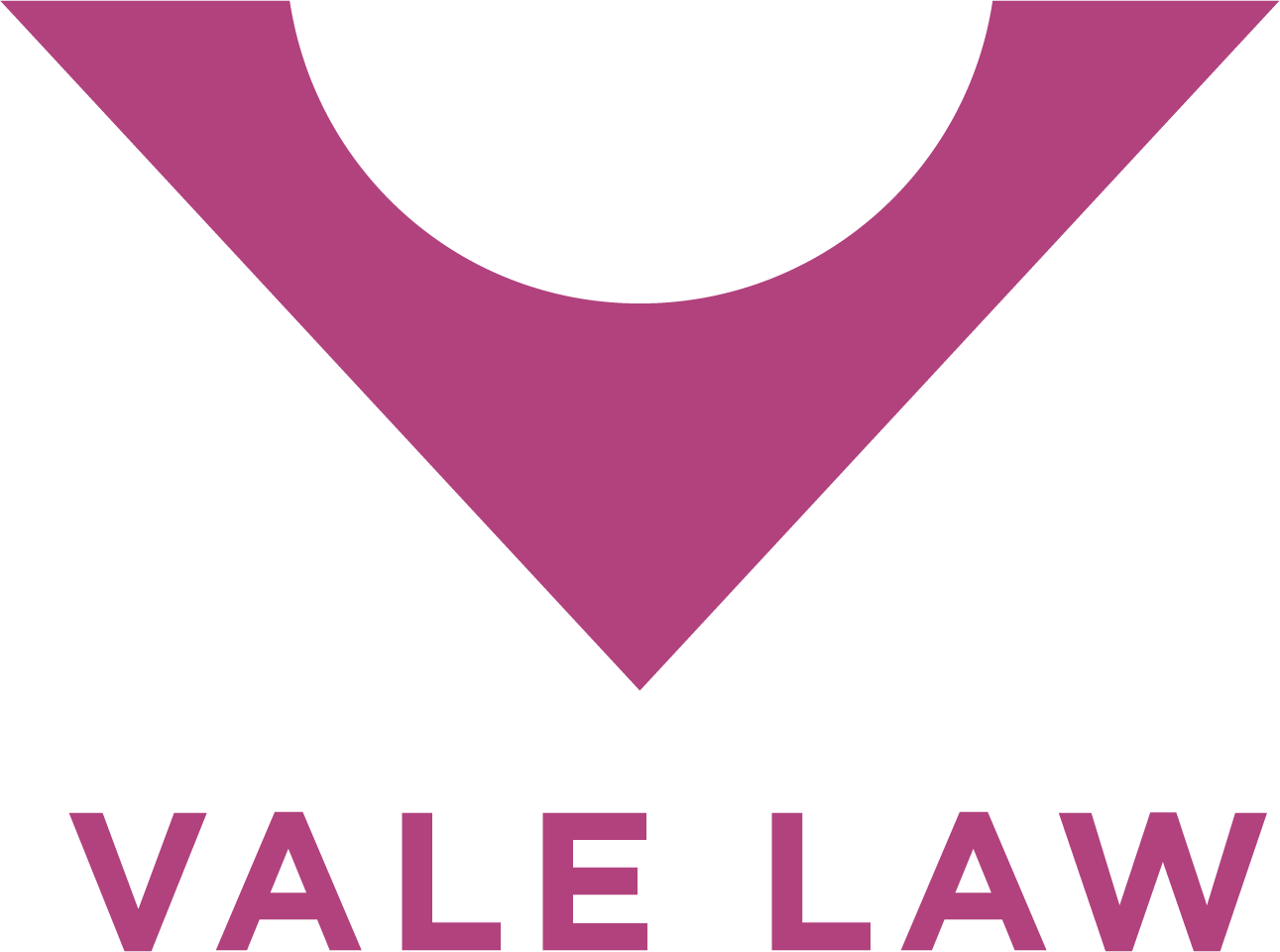Understanding CIMA’s Guidance on Segregation of Assets for Private Funds
The Cayman Islands Monetary Authority (CIMA) first introduced the Segregation of Assets – Registered Private Funds Rule in May 2020, later amending it in July 2020 and further refining it in September 2020.
One of the key amendments clarified that when a fund consents to the transfer or reuse of its assets, this does not mean those assets are being used to finance a service provider’s or custodian’s own operations. However, any such arrangements must be clearly disclosed to investors in the fund’s offering documents before they invest, and any material changes must also be communicated to them.
This clarification was particularly important for private funds working with custodians and other service providers handling fund assets. Full details on each rule are provided in the summary below.
Regulatory Framework
CIMA issued the Segregation of Assets – Registered Private Funds Rule under section 34 of the Monetary Authority Law (2020 Revision) (MAL). These rules are designed to be read alongside the Authority’s Rule on Contents of Marketing Materials of Registered Private Funds.
They apply to all Private Funds registered under section 7 of the Private Funds Act (2025 Revision) (PFA), except for Alternative Investment Vehicles.
Key Requirements for Asset Segregation
CIMA’s rules establish clear obligations for Private Funds to ensure that their assets (the “Portfolio”) are segregated from those of fund managers, operators, and custodians. The main requirements include:
- Asset Separation: The Portfolio of a Private Fund must be kept separate from the assets of:
- The fund’s Manager or Operators
- Any Section 17 Person (a custodian or similar entity appointed under section 17 of the PFA)
Example: If a private equity fund engages a custodian to hold its assets, those assets must be recorded separately and not mixed with the custodian’s own funds or those of other clients.
- Compliance Assurance: Private Funds must ensure that all Managers, Operators, and Section 17 Persons handling the Portfolio adhere to the segregation rules.
- Prohibition on Use for External Financing: The Portfolio must not be used to finance the operations of the Manager, Operator, or Section 17 Person. However, certain transactions do not constitute a breach of this rule, including:
- Payments to investors for redemptions, withdrawals, or distributions.
- Payment of investor-related fees and expenses.
- Acquiring or disposing of assets as part of the fund’s investment strategy.
- Payment of fund-related fees, taxes, and charges as disclosed in the fund’s documents.
- Transfers or reuse of assets where explicitly disclosed to investors before they invest and where material changes are also disclosed.
- Policies and Controls: The Operators of a Fund must establish and maintain policies and procedures to ensure compliance with the segregation requirements. These should align with the fund’s Marketing Materials and be appropriate for the fund’s size, complexity, and investor base.
Example: A real estate investment fund may use its capital to acquire properties and pay associated fees, as long as these transactions align with the fund’s offering documents and are not benefiting any service provider’s operations.
Example: A venture capital fund should have clear internal policies ensuring that investor capital is used exclusively for portfolio investments and not for covering the operational costs of the fund manager.
Enforcement and Compliance
CIMA has the authority to enforce these rules under its Enforcement Manual, as well as through the regulatory powers granted under the PFA and MAL. Breaches of the asset segregation requirements can lead to regulatory action against the fund.
Practical Implications for Private Funds
Fund managers and operators should:
- Review their current asset custody arrangements to ensure compliance.
- Update fund offering documents and marketing materials to reflect asset segregation practices.
- Ensure that custodians and service providers are aware of and adhere to the segregation rules.
- Implement internal policies and controls to regularly monitor compliance with CIMA’s requirements.
Conclusion
CIMA’s rules on asset segregation reinforce investor protection and fund governance by preventing the misuse of fund assets. Private Fund operators should take proactive steps to comply with these rules, ensuring that their fund structures, custodial arrangements, and disclosures align with CIMA’s expectations.
By following these guidelines, Private Funds can enhance transparency, mitigate risks, and maintain regulatory compliance in the Cayman Islands.
If you’re managing a Cayman Private Fund or planning to launch one, ensuring your fund’s documentation properly addresses asset segregation is crucial. At Vale Law, we specialize in helping funds navigate these regulatory requirements with clarity and confidence.
Let’s chat and make the process smoother for you. Our team is here to ensure your documentation is rock solid, so you can focus on what matters, running your fund.
Shelley Do Vale: shelley.vale@valelaw.ky
Santiago Mtnez-Carvajal: sc@valelaw.ky

